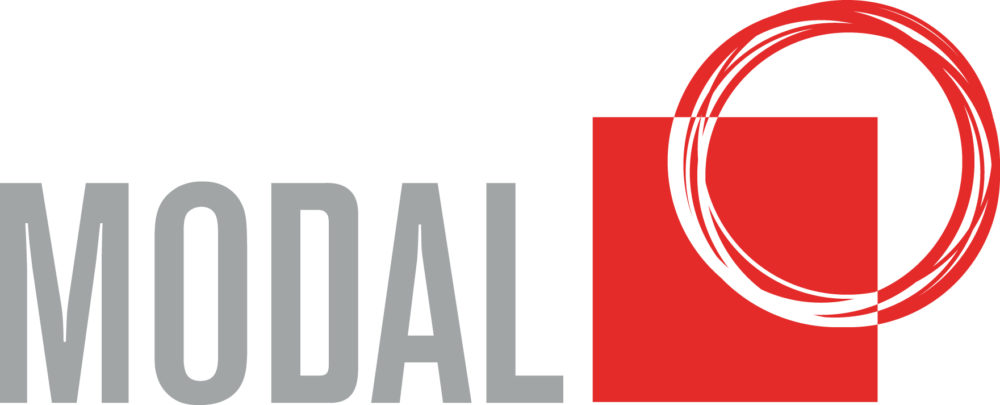“What have the last 6 months really been like for you”?
This is a question that I’ve often posed to people in the teams that I have worked with over the last few years, as an external change practitioner. The intention has always been about following the philosophy of ‘seek first to understand’. In asking this question lately, the answers have taken on a whole other level of meaning and emotion, in the year that 2020 has been for many people.
A specific conversation recently, highlights a number of themes I have heard from leaders across a number of different industries, in the last 6 months. Themes, that highlight the current challenges leaders are facing in this ‘mixed up, muddled up, shook up world’ (to borrow the lyrics from an 80’s hit song).
I spoke with Lisa, who heads up a department in operations in a large Western Australian based organisation. She is wrestling at the moment with the uncertainty this year has thrown up, in terms of balancing the organisation needs, with the needs of her people. She has had many of her team now wanting to permanently work at least some of the week from home. The uncertain economic headwinds, mean that the organisation has had to react to changing priorities and a previously clear vision for the future, has become muddied. A lot of people in her team have given their all, to make this year work, in changing circumstances. However there is tiredness and change fatigue that has kicked in. The initial productivity gains individuals have experienced with time spent working from home, are offset by diminished connectedness in the team. Lisa is concerned about what the next 6 months will bring. She feels like many aspects of her previous approach as a leader, will still hold up in this uncertainty, but she believes she is facing new challenges, never experienced before. She questions what she will need to do differently as a leader. To balance the needs of her people with the needs of the organisation. To be successful in this current climate.
If you’re shackled to who you are now, you can’t recognize—or reach for—who you might become next.
Lisa’s concerns are shared by many other leaders. If leaders aren’t asking themselves the questions “what do I need to believe” and “what do I need to do” in order to be successful in the future (and help set my people up for success), then perhaps now is an important time to reflect on this. If we are to create greater change agility within our teams – the ability to adapt to the changing needs of both our environment and our people – then its start with the role of us as leaders.
The Center for Creative Leadership (CCL) recently released some research identifying the 6 key capabilities of organisational resilience. I believe these apply to leaders looking to enable greater change agility, within their teams and organisations. Whilst you may be tapping into each of these to a certain degree, in this current environment, they require increased focus to achieve the outcomes we expect.
- Purpose and meaning – the ability to make sense of current realities and inspire renewed purpose e.g. The leader of a business unit at HP, redefined their purpose from “we’re in the business of making printers and ink” to “we’re in the business of helping people make memories”. Imagine the impact of this on peoples psychological connection and commitment to their role.
- Emotional intelligence – the ability to recognise, manage and express emotions in constructive ways. This is not just an individual competency but a social competency (leaders who lead with warmth, connection and empathy are more effective at influencing during times of uncertainty and significant change). It starts with listening and acknowledging peoples experience. Research on the relational activation of resilience back in the early 2000’s, found that leaders made a difference by helping their people tap into the resources of hope, optimism and grit. Note, this was not blind optimism, but realistic optimism. Presenting the good, bad and the ugly facts (total transparency), but then highlighting the positives, acknowledging groups, and sharing stories that inspire hope
- Social connections – the ability to build strong relationships and networks based on trust and mutual support. This takes on even greater importance in a world where we are working more virtually. Time spent on conversations to get to know the person, their priorities and needs is critical. Going beyond the transactional, helps to break down silos and speeds up getting things done.
- Empowerment – the ability to widely distribute authority and accountability for decision making. The reality is that empowerment is not something you can bestow on someone. A person has to feel empowered by being asked to make a decision and being acknowledged for the behaviour in taking ownership to make the decision (regardless of whether the decision led to the most effective outcome). People need this type of recognition to build their confidence to make decisions. Over time this will help them feel empowered and feed into a healthier level of resilience both for the leader (that is creating less reliance on their own time and energy) and the more confident individual.
- Innovation – For myself personally this year, easing up on the perfectionistic drive has been a conscious work in progress. In demonstrating change agility, too much perfectionism can be an obstacle. If we are waiting until something is perfect before moving forward, we may miss the boat. In an environment where we don’t have all the answers, due to no similar past experiences, taking action and being OK to sometimes fail, is key. This is important to create a culture of innovation. I have picked up a saying which has proven to be very effective in keeping me on track, and sustaining my own resilience – “Progress over perfection”.
- Learning orientation – I’m inspired by the team I have come across in a mining organisation, that has introduced a ‘fail board’. They have an actual physical board on the wall, where they post their ‘failures’ over the past month. They have, via this process created a fantastic mindset, that its ok to talk openly about our mistakes, and only by doing so, can we collectively learn from them and continuously improve. The trust and psychological safety has improved through the roof, just by this one team process. They are using this to make positive changes in their processes and behaviours. Change agility in action.
My final thought is to ask you a different question from the one we started with. “What do you want the next 6 months to be like for you”?





